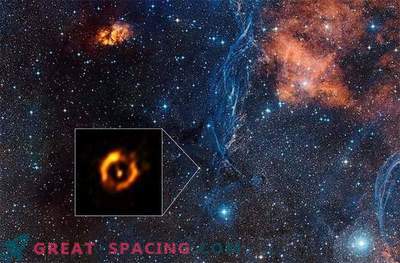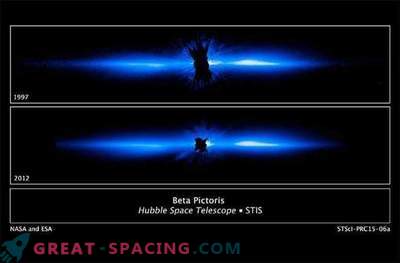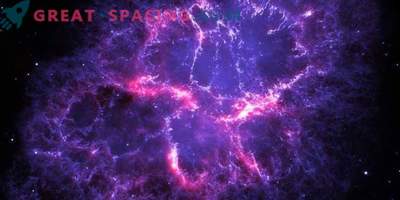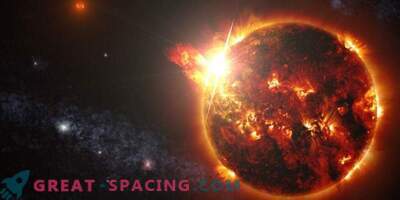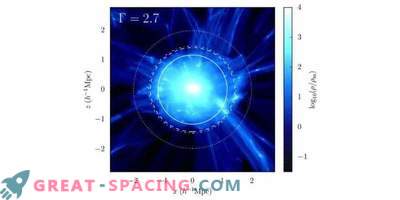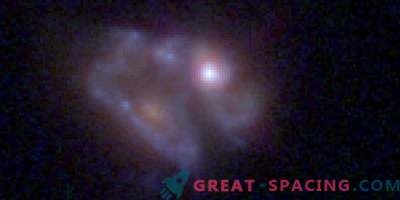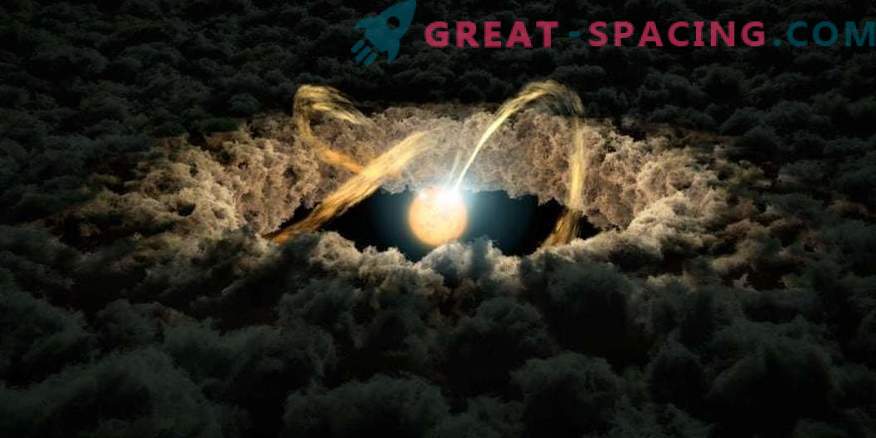
Researchers at the European Southern Observatory found evidence that gas and dust disks around early stellar systems do not contain enough material to form planets. For research used a large array of ALMA (Chile).
Scientists have reviewed the ALMA data to get more information about the protoplanetary disks. To this end, they considered how much material is in such disks around stars, whose age reaches only 1-3 million years (the period of time before the appearance of the planets). Then we measured the masses of ancient star systems with mature planets. Comparing the two analyzes, the scientists found that the disk matter in the early stellar systems did not have enough mass to form the planets.
Until now, researchers believed that stellar systems are formed due to the fact that cosmic dust is combined into a star. As the star wakes up, a protoplanetary disk begins to form around it. It is believed that gas and dust in the disk - the remnants of the material associated with the process of stellar birth. Gradually, the material on the disk is compressed until the growth of gravity attracts even more material to the disk. As a result, most of the material forms the planet. However, new data suggests that the disk of the early stellar system is not enough material to create the average number and size of the planets, which will appear in a few million years. What's the catch? The researchers did not set out to find the cause of the discrepancy. But they assume that the formation of planets begins earlier than we think. Alternatively, larger dust particles may be present than ALMAs trapped by radio waves. There is also a possibility that stellar systems draw more dust out of space as the planets evolve.

